Home>Garden Essentials>How To Put Fake Grass Down


Garden Essentials
How To Put Fake Grass Down
Modified: March 7, 2024
Learn how to transform your garden with fake grass. This step-by-step guide will show you the easiest way to put down artificial turf for a beautiful and low-maintenance lawn.
(Many of the links in this article redirect to a specific reviewed product. Your purchase of these products through affiliate links helps to generate commission for Storables.com, at no extra cost. Learn more)
Introduction
Welcome to our guide on how to put fake grass down! Whether you’re looking to transform your backyard into a low-maintenance oasis or create a lush, green play area for your children, installing artificial grass can be a game-changer.
Fake grass, also known as synthetic turf or artificial lawn, offers numerous benefits over traditional natural grass. Not only does it eliminate the need for constant mowing, watering, and fertilizing, but it also provides a durable and long-lasting solution for high-traffic areas.
In this article, we’ll take you through the step-by-step process of installing fake grass in your outdoor space. From preparing the surface to securing the edges, we’ll cover all the essential steps to ensure a successful installation. So, let’s dive in!
But before we get started, it’s important to note that while installing synthetic turf may seem straightforward, it does require careful planning and attention to detail. Taking the time to properly prepare the area and follow the recommended steps will ensure that your fake grass installation looks natural and lasts for years to come.
Now, let’s explore each step in detail to help you achieve a professional-looking artificial lawn.
Key Takeaways:
- Choosing the right area and preparing the surface are crucial for a successful fake grass installation. Consider factors like sunlight, drainage, and purpose of the space to ensure a long-lasting artificial lawn.
- Regular maintenance, including brushing, debris removal, and addressing common issues like matted fibers and odors, is essential for keeping your fake grass looking vibrant and beautiful.
Read more: How To Put Down Fake Grass On Dirt
Choosing the Right Area
When it comes to installing fake grass, the first and most crucial step is choosing the right area. Before you start the installation process, take some time to assess your outdoor space and determine where you want to lay the artificial turf.
Consider factors such as sunlight exposure, drainage, and the purpose of the area. Artificial grass can be installed on almost any surface, including soil, concrete, or decking. However, it’s important to ensure that the chosen area is suitable for the intended use and will provide optimal conditions for the longevity of the fake grass.
Here are a few key points to consider when choosing the right area:
- Sunlight: Artificial grass can fade over time when exposed to excessive sunlight. If possible, choose an area with partial shade to minimize the risk of discoloration.
- Drainage: Proper drainage is crucial to prevent water buildup and ensure the longevity of your fake grass. Avoid areas with poor drainage or areas prone to waterlogging.
- Purpose: Determine how you plan to use the space. If it’s intended for kids and pets to play on, choose a durable fake grass with good resilience. If it’s purely for aesthetic purposes, you have more flexibility in selecting the type of artificial turf.
- Accessibility: Consider how easy it will be to access the area for installation and future maintenance. Remember to take into account any obstacles such as trees, furniture, or structures that may hinder the installation process.
By carefully considering these factors, you can ensure that you choose the right area for your artificial grass installation. Take the time to plan and visualize the layout of your outdoor space, keeping in mind the intended use and long-term maintenance requirements.
Once you’ve chosen the ideal area for your fake grass, it’s time to move on to the next step – preparing the surface.
Preparing the Surface
Preparing the surface is a crucial step in ensuring a successful fake grass installation. Proper preparation will not only provide a stable foundation but also promote good drainage and optimal performance of the artificial turf.
Here’s a step-by-step guide to preparing the surface:
- Clear the area: Start by removing any existing vegetation, rocks, or debris from the area. Use a garden rake or shovel to scrape away the top layer of soil or existing turf. The goal is to create a level and smooth surface.
- Level the ground: Use a leveling tool, such as a straight edge or a long wooden plank, to check for any uneven areas. Fill in low spots with a leveling mix, which can be a combination of sand and soil, and compact it using a vibrating plate compactor. Repeat this process until the entire area is uniformly level.
- Install edging: To prevent the artificial grass from shifting or spreading, install edging around the perimeter of the area. This can be done using sturdy plastic or metal edging, which should be secured firmly into the ground.
- Add a weed barrier: To prevent weeds from growing through the fake grass, it’s essential to lay a weed barrier over the prepared area. Use a permeable landscape fabric and cut it to fit the dimensions of your space. Overlap the edges by a few inches to ensure full coverage.
- Compact the soil: To create a solid and stable base, use a hand tamp or a plate compactor to compact the soil. This will help minimize the risk of sinking or unevenness once the fake grass is installed.
By following these steps, you’ll ensure that your surface is properly prepared for the next stage of the installation process. Taking the time to create a level and stable foundation will significantly contribute to the overall appearance and performance of your artificial lawn.
Now that you’ve prepared the surface, it’s time to move on to measuring and cutting the fake grass.
Measuring and Cutting the Fake Grass
Accurate measuring and precise cutting of the fake grass are essential to achieve a seamless and professional-looking installation. Taking the time to measure correctly and cutting the artificial turf to fit your space will ensure a polished end result.
Here’s a step-by-step guide on measuring and cutting the fake grass:
- Measure the area: Use a measuring tape to determine the dimensions of the area where you plan to install the artificial turf. Take into account any irregular shapes or obstacles within the space.
- Roll out the artificial grass: Roll out the fake grass over the prepared area and allow it to settle for a few hours. This will help release any wrinkles or creases caused by being rolled up.
- Trim excess material: Once the fake grass has settled, trim any excess material using a sharp utility knife. Be careful not to cut too close to the edges. Leave a small margin, around 1-2 inches, to allow for adjustments during the installation process.
- Seam multiple pieces (if required): If your space requires multiple pieces of fake grass, you’ll need to seam them together for a seamless appearance. Use artificial grass seam tape and adhesive to join the edges. Follow the manufacturer’s instructions for proper seaming techniques.
- Trim around obstacles: If there are any obstacles within the installation area, such as trees or garden features, carefully cut the fake grass to fit around them. Use a sharp utility knife to create precise cuts and ensure a clean finish.
Remember, accuracy is key when it comes to measuring and cutting the fake grass. Take your time and double-check your measurements to avoid any costly mistakes.
Once you’ve measured and cut the artificial turf to fit your space, it’s time to move on to the next step: applying the base material.
Applying the Base Material
Applying the base material is an important step in the installation process of fake grass. The base material helps to create a stable and even surface for the artificial turf, improving its longevity and performance.
Here’s a step-by-step guide on applying the base material:
- Add a layer of aggregate: Start by adding a layer of aggregate, such as crushed limestone or decomposed granite, to the prepared surface. Spread the aggregate evenly using a rake or shovel. The thickness of the layer will depend on the specific recommendations of the manufacturer or the type of base you are using.
- Level and compact the aggregate: Use a rake or a level to ensure that the aggregate is spread evenly across the surface. Once spread, use a vibrating plate compactor to compact the aggregate. This will create a solid and stable base for the fake grass.
- Add a layer of bedding sand: After compacting the aggregate, add a layer of bedding sand on top. The thickness of the sand layer will again depend on the manufacturer’s recommendations. Use a rake to level the sand and ensure a consistent depth.
- Compact the sand layer: Similar to the aggregate layer, use a vibrating plate compactor to compact the bedding sand. This will further stabilize the base and provide a smooth surface for the artificial turf.
- Check for evenness: Before proceeding to the next step, check the surface for evenness. Use a level or straight edge to ensure that there are no high or low spots. Make any necessary adjustments by adding or removing bedding sand.
By following these steps, you will create a firm and level base for your fake grass installation. The base material provides stability and ensures proper drainage, contributing to the overall performance and lifespan of the artificial turf.
Now that the base material is applied, it’s time to move on to the exciting part – installing the artificial grass.
Read more: How To Lay Fake Grass Down
Installing the Artificial Grass
Now that the groundwork has been laid, it’s time to install the artificial grass. This step will bring your space one step closer to a beautiful, low-maintenance lawn. Follow these steps to ensure a smooth and successful installation:
- Lay out the artificial grass: Roll out the artificial grass over the prepared and compacted base material. Ensure that the grass fibers are facing the desired direction and that there are no wrinkles or folds.
- Trim and shape the grass: Use a sharp utility knife to trim and shape the fake grass according to the contours of your space. Cut along the edges, around obstacles, and along seams if multiple pieces are being used.
- Apply adhesive (if needed): If you’re using multiple pieces of artificial grass, secure the seams by applying artificial grass adhesive along the edges. Press the edges of the grass firmly together to create a seamless appearance.
- Anchor the grass: Depending on the size and location of the installation area, you may need to anchor the artificial grass to prevent it from shifting. Use stakes or galvanized nails around the perimeter, placing them about 6-12 inches apart.
- Brush the grass: Use a power broom or stiff brush to brush the artificial grass fibers, helping them stand upright and look more natural. This step also helps to evenly distribute the infill material (optional step).
During the installation process, it’s important to take care not to drag or pull on the fake grass too forcefully. Handle the artificial turf gently to avoid damaging the fibers or disturbing the base material.
By following these steps, you’ll be well on your way to enjoying a beautiful and lush artificial lawn. Now, it’s time to move on to securing the edges of the grass.
Before laying down fake grass, make sure the area is level and free of debris. Use a weed barrier to prevent growth underneath. Secure the edges properly to avoid shifting.
Securing the Edges
Securing the edges of the artificial grass is an important step to ensure a neat and professional-looking installation. When the edges are properly secured, it helps to prevent the turf from shifting or separating from the base material. Follow these steps to secure the edges:
- Trim excess grass: Start by trimming any excess grass along the edges using a sharp utility knife. This will create a clean and precise edge.
- Insert edge restraint: Depending on your preference and the specific requirements of your artificial grass, you can choose to use either a treated timber batten or flexible plastic edge restraint. Insert the edge restraint into the ground along the perimeter, positioning it against the edge of the turf.
- Secure with nails or screws: To secure the edge restraint, use galvanized nails or screws. Place the nails or screws through the restraint and into the ground at regular intervals, ensuring they are firmly anchored.
- Attach the grass: Once the edge restraint is secured, attach the edge of the artificial grass to it using high-quality outdoor adhesive. Press the grass firmly against the edge restraint to ensure a tight and secure bond.
Securing the edges not only provides a finished look to your artificial lawn but also helps to maintain the integrity of the installation. It prevents the edges from lifting or becoming loose over time, ensuring a long-lasting and visually appealing result.
With the edges secured, your artificial grass installation is nearly complete. However, you have the option to further enhance the performance and appearance of your fake grass by spreading an infill material. Keep reading to learn more about this optional step.
Spreading Infill Material (Optional)
Spreading infill material over the artificial grass is an optional step that can enhance the performance and longevity of your installation. Infill material helps to provide stability, improve drainage, and mimic the feel of natural grass underfoot. While not necessary for all situations, it may be beneficial for certain applications such as high-traffic areas or areas where pets will be present.
Here is how to spread infill material over your artificial grass:
- Choose the right infill material: There are various types of infill materials available, including silica sand, rubber granules, or a combination of both. Be sure to choose an infill material that is recommended by the manufacturer of your artificial grass to ensure compatibility.
- Distribute the infill material: Using a spreader or shovel, evenly distribute the infill material over the surface of the artificial grass. Start from one end and work your way across, ensuring that the infill is spread consistently throughout the area.
- Brush the infill into the turf: Once the infill material is evenly distributed, use a power broom or stiff brush to work it into the fibers of the artificial grass. This will help the infill settle and provide a more natural look.
- Check for even distribution: After brushing, inspect the artificial grass to ensure that the infill material is evenly distributed and there are no visible clumps or areas with excessive buildup.
Adding infill material can contribute to the overall performance of the artificial grass, providing a stable and comfortable surface for activities. It can also help to prevent the fake grass from matting and extend its lifespan.
However, keep in mind that not all artificial grass installations require infill material. In some cases, the type of artificial grass or the intended use of the area may not necessitate the use of infill. Therefore, it’s essential to consult the manufacturer’s recommendations and consider your specific needs before deciding to apply infill material.
With the infill material spread (if desired), your artificial grass installation is almost complete. The final step is to brush and maintain the fake grass to uphold its appearance and performance, which we will cover next.
Brushing and Maintaining the Fake Grass
Brushing and maintaining your fake grass is crucial to keep it looking lush, vibrant, and in optimal condition. Regular maintenance helps to ensure the longevity and performance of your artificial lawn. Here are some essential steps to follow:
- Brush regularly: Use a power broom or stiff brush to brush the artificial grass regularly. This helps to keep the fibers upright, prevent matting, and maintain a natural appearance. Brushing also helps to distribute infill material, if applicable, more evenly throughout the grass.
- Remove debris: Clear the surface of your fake grass from debris such as leaves, twigs, and dirt. Rake over the grass lightly or use a leaf blower to remove the debris. Regularly removing debris helps to maintain the aesthetics of the lawn and prevent any blockage of drainage holes.
- Clean spills and stains: Clean up any spills or stains on the artificial grass as soon as possible. Most stains can be removed by using a mild detergent mixed with water and gently scrubbing the affected area. Rinse thoroughly with water after cleaning.
- Address pet waste: For those with pets, promptly remove solid waste and hose down the affected area. Rinse thoroughly to prevent any odors and ensure proper sanitation. You can also use pet-friendly artificial grass cleaners to tackle any lingering odors or bacteria.
- Inspect the drainage: Regularly check the drainage system of your artificial lawn to ensure that it’s functioning properly. Make sure that there are no blockages or areas where water is pooling. If necessary, use a broom or leaf blower to clear any debris from the drainage system.
In addition to these regular maintenance steps, it’s a good idea to schedule occasional deep cleanings to remove any accumulated dirt, pollen, or mildew. This can be done using a mild detergent solution or artificial grass cleaners specifically designed for deep cleaning.
By following a regular maintenance routine, you can keep your fake grass looking beautiful and ensure its longevity. Proper care will help your artificial lawn withstand the demands of everyday use and maintain its vibrant appearance for years to come.
Now that you know how to maintain your artificial grass, let’s address some common troubleshooting issues you may encounter.
Read more: How To Hold Down Fake Grass
Troubleshooting Common Issues
While artificial grass is designed to be durable and low-maintenance, it’s not completely immune to issues that may arise over time. Here are some common problems you may encounter with your fake grass and how to address them:
- Matted or flattened fibers: If the fibers of your artificial grass become matted or flattened, use a power broom or stiff brush to brush the grass in the opposite direction of the matting. This will help the fibers stand upright and restore the appearance of your lawn.
- Excessive odors: If you notice persistent odors on your artificial grass, it may be due to bacteria build-up or pet urine. Regular cleaning and sanitizing using artificial grass cleaners can help eliminate these odors. Proper drainage and occasional deep cleanings can also prevent odor-causing bacteria from accumulating.
- Weeds or unwanted growth: Despite using a weed barrier during installation, it’s possible for weeds or other unwanted vegetation to make their way through the artificial grass. To address this issue, manually remove the weeds and use a weed killer specifically formulated for use on artificial turf. Be cautious not to use chemicals that could damage the synthetic fibers.
- Discoloration due to staining: If your artificial grass becomes stained, act quickly and follow the manufacturer’s recommendations for stain removal. Treat the stain with a mild detergent solution or artificial grass cleaners and gently scrub. Rinse thoroughly to prevent any residue from remaining on the grass.
- Compacted infill: Over time, the infill material may become compacted, leading to reduced performance and drainage. Use a power broom or stiff brush to regularly fluff up the infill material and redistribute it evenly across the artificial grass.
By promptly addressing these common issues and following the recommended maintenance practices, you can maintain the beauty and functionality of your artificial grass.
Now that we’ve covered troubleshooting, let’s summarize what we’ve learned and wrap up this comprehensive guide.
Conclusion
Congratulations! You’ve reached the end of our comprehensive guide on how to put fake grass down. By following the steps outlined in this article, you now have the knowledge and understanding to successfully install and maintain your artificial lawn.
We started with choosing the right area for your fake grass installation, considering factors such as sunlight exposure, drainage, and the intended use of the space. Then, we discussed the importance of preparing the surface properly, ensuring a level and stable foundation for your artificial turf.
Next, we delved into measuring and cutting the fake grass to fit your space accurately, including how to seam multiple pieces if necessary. The following step focused on applying the base material, creating a solid and stable foundation for your artificial lawn.
Then, we moved on to the exciting part of installing the artificial grass itself, laying out the turf, trimming it to fit, and securing the edges to prevent shifting. We also learned about the optional step of spreading infill material, which can enhance the performance and feel of your fake grass.
To ensure the longevity and appeal of your artificial lawn, we discussed the importance of regular brushing and maintenance. From removing debris and cleaning spills to addressing pet waste and inspecting the drainage system, proper care and attention will keep your synthetic turf looking its best.
Lastly, we explored common troubleshooting issues that may arise with fake grass, offering solutions to problems such as matted fibers, odors, unwanted growth, discoloration, and compacted infill.
By following these guidelines and incorporating your own garden knowledge, you can create a stunning and low-maintenance artificial lawn that will enhance your outdoor space for years to come.
We hope this guide has provided valuable insight into the process of putting fake grass down. Now, it is time to put your newfound knowledge into action and enjoy the benefits of a beautiful and hassle-free artificial lawn.
Frequently Asked Questions about How To Put Fake Grass Down
Was this page helpful?
At Storables.com, we guarantee accurate and reliable information. Our content, validated by Expert Board Contributors, is crafted following stringent Editorial Policies. We're committed to providing you with well-researched, expert-backed insights for all your informational needs.
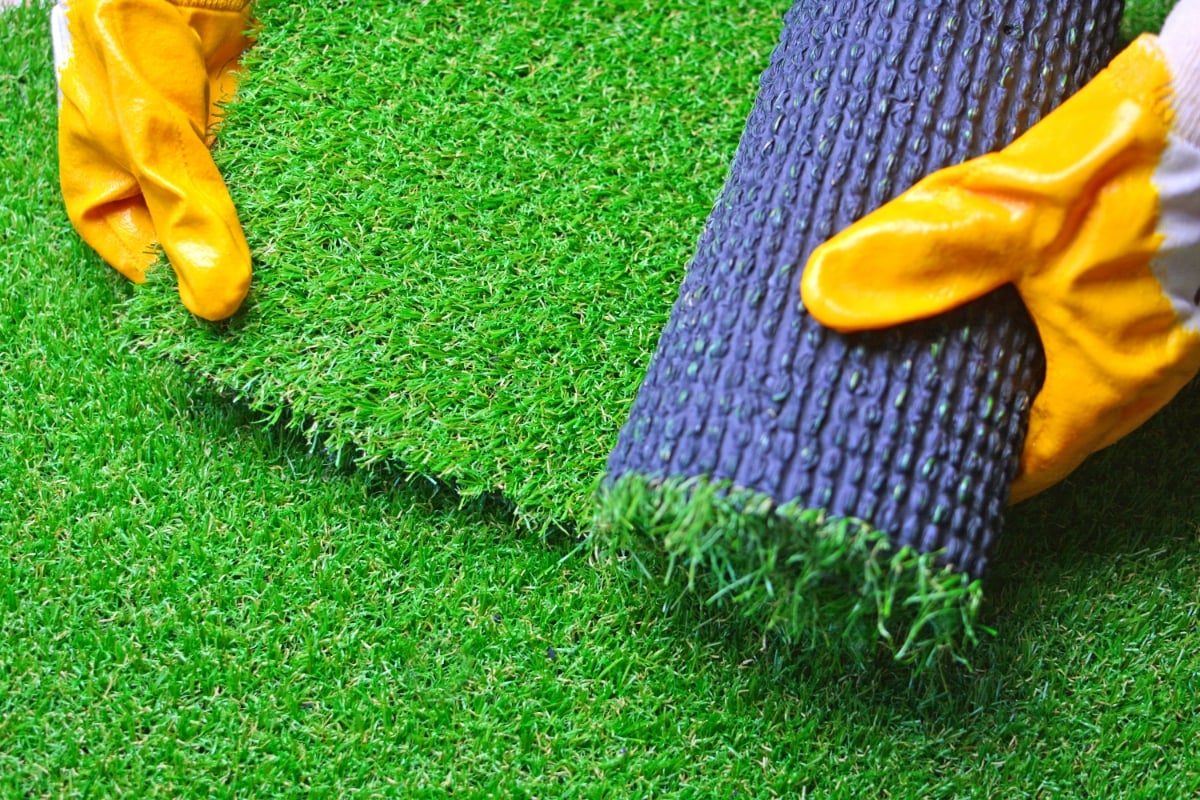

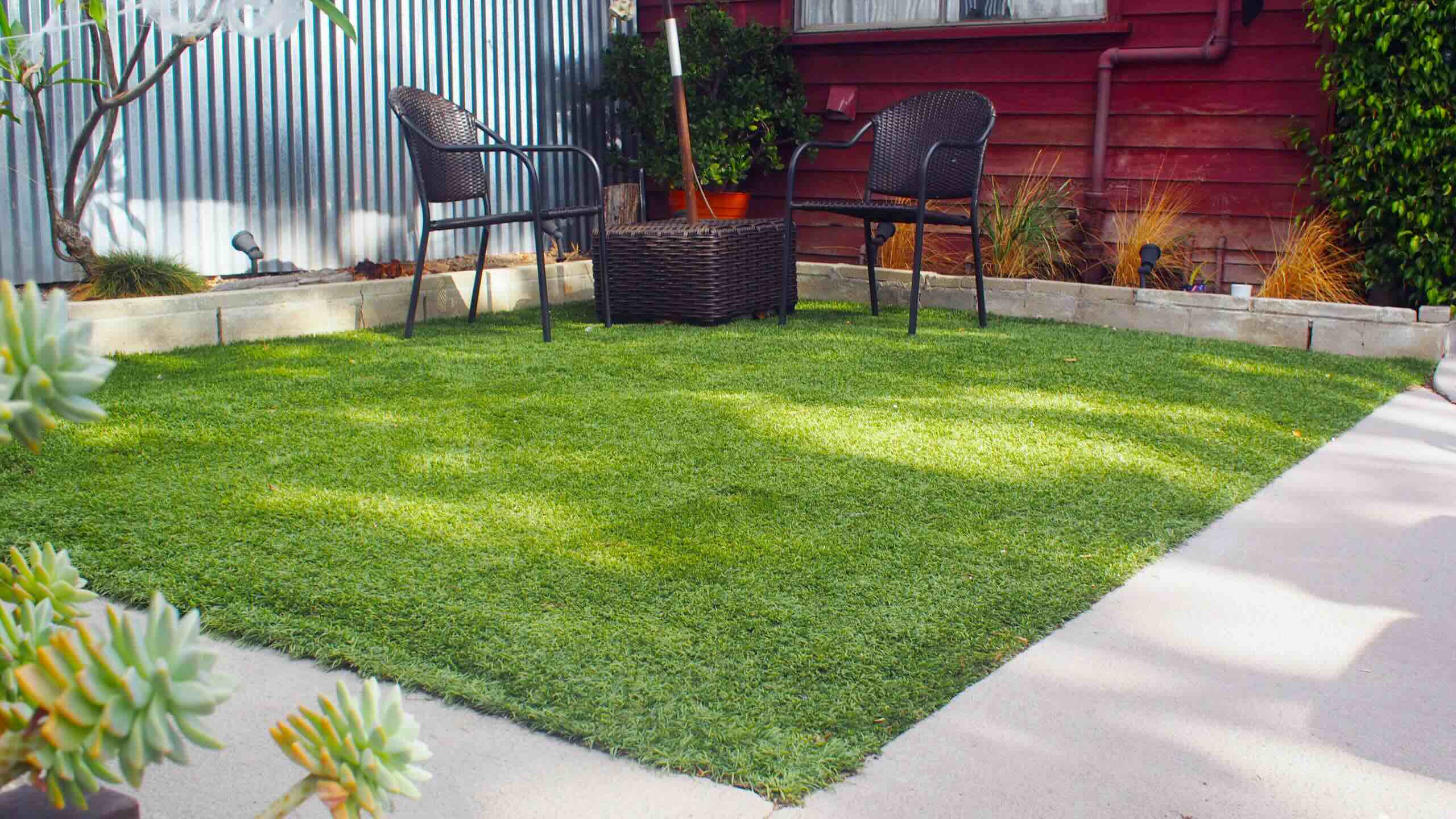

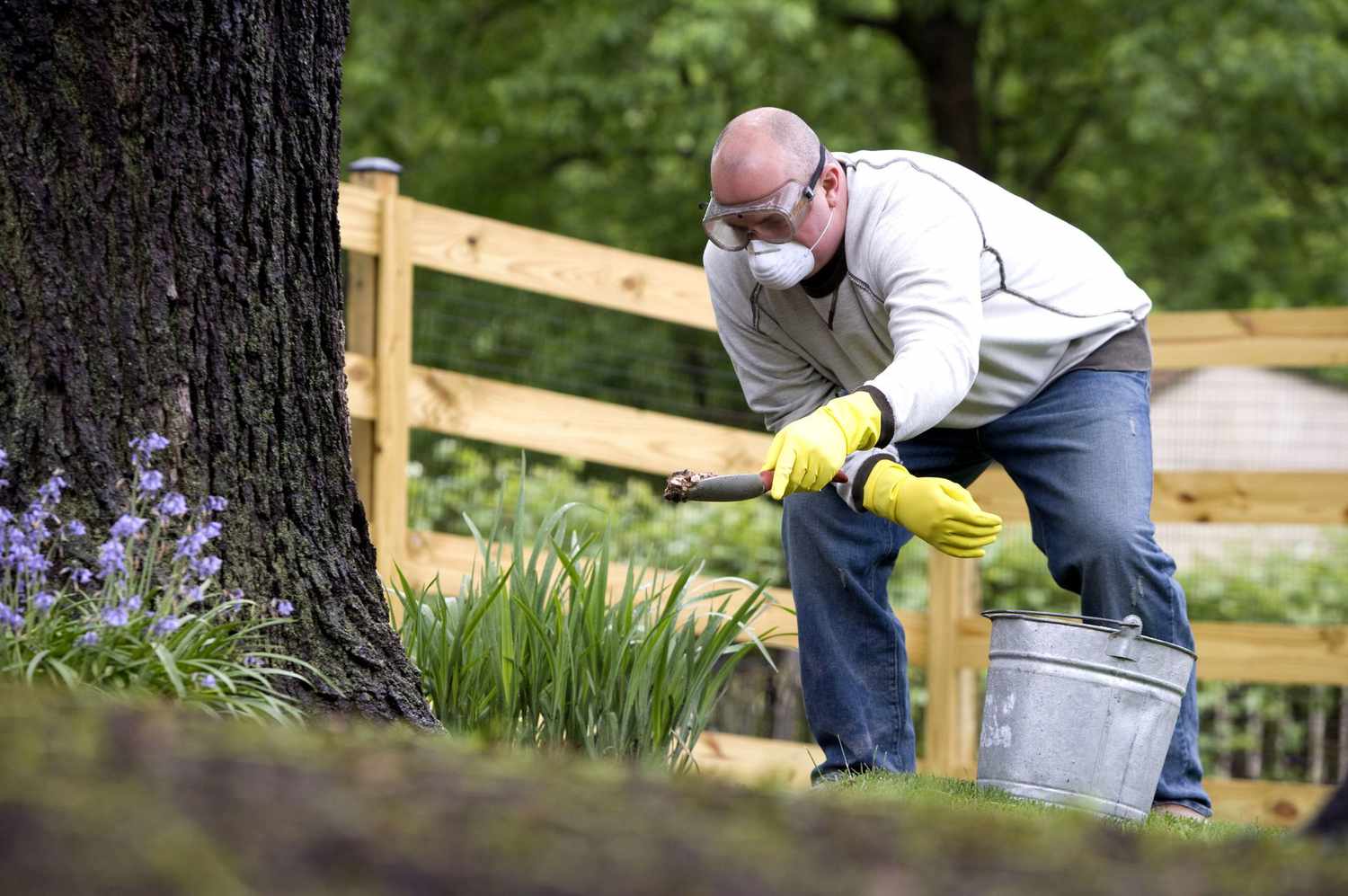
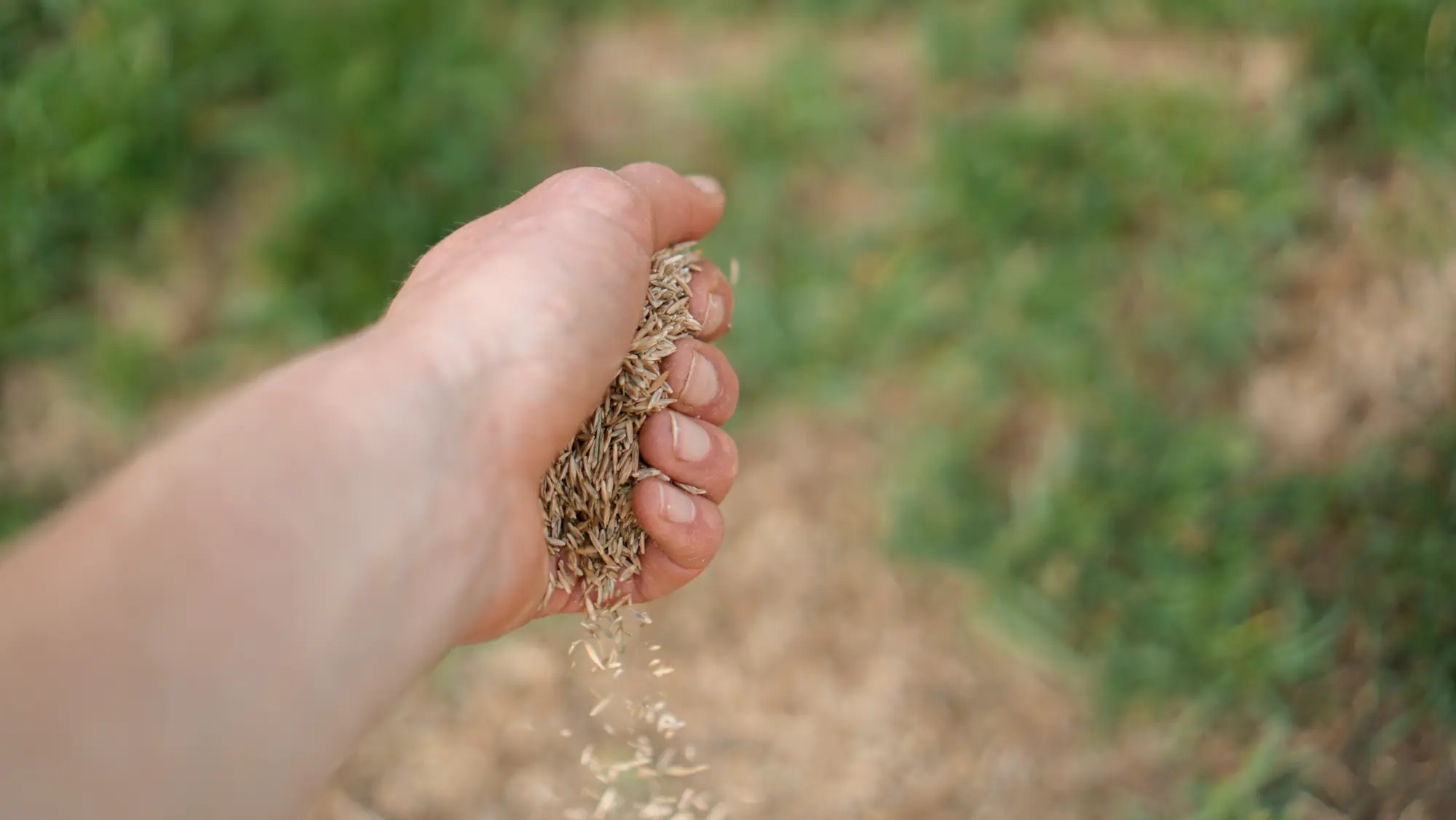
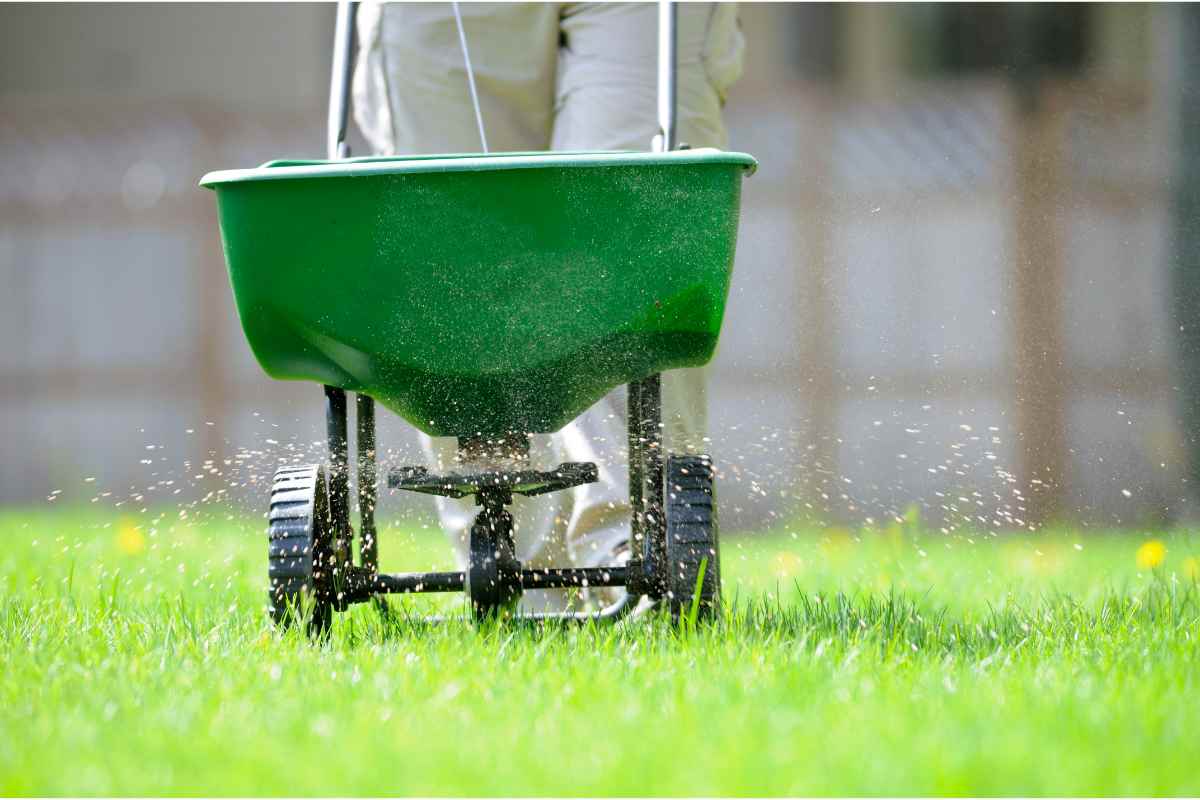
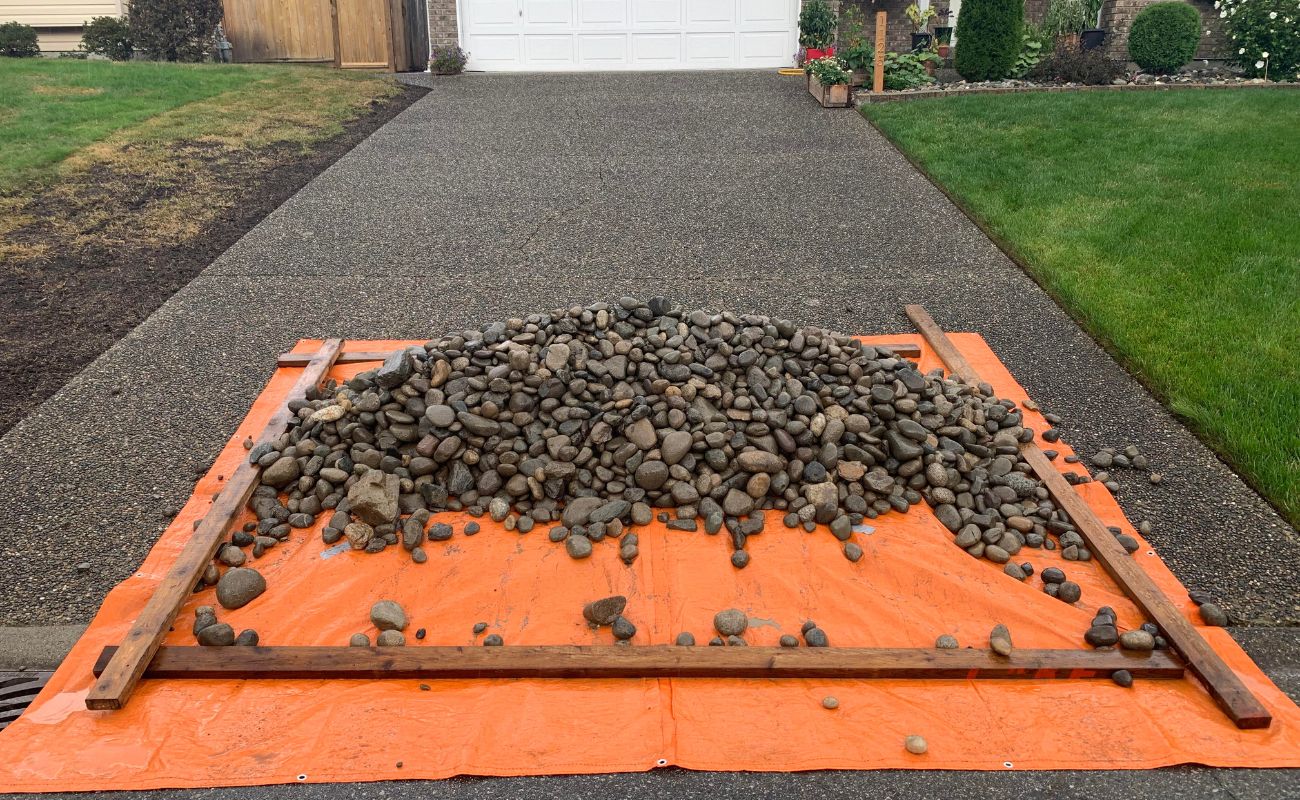
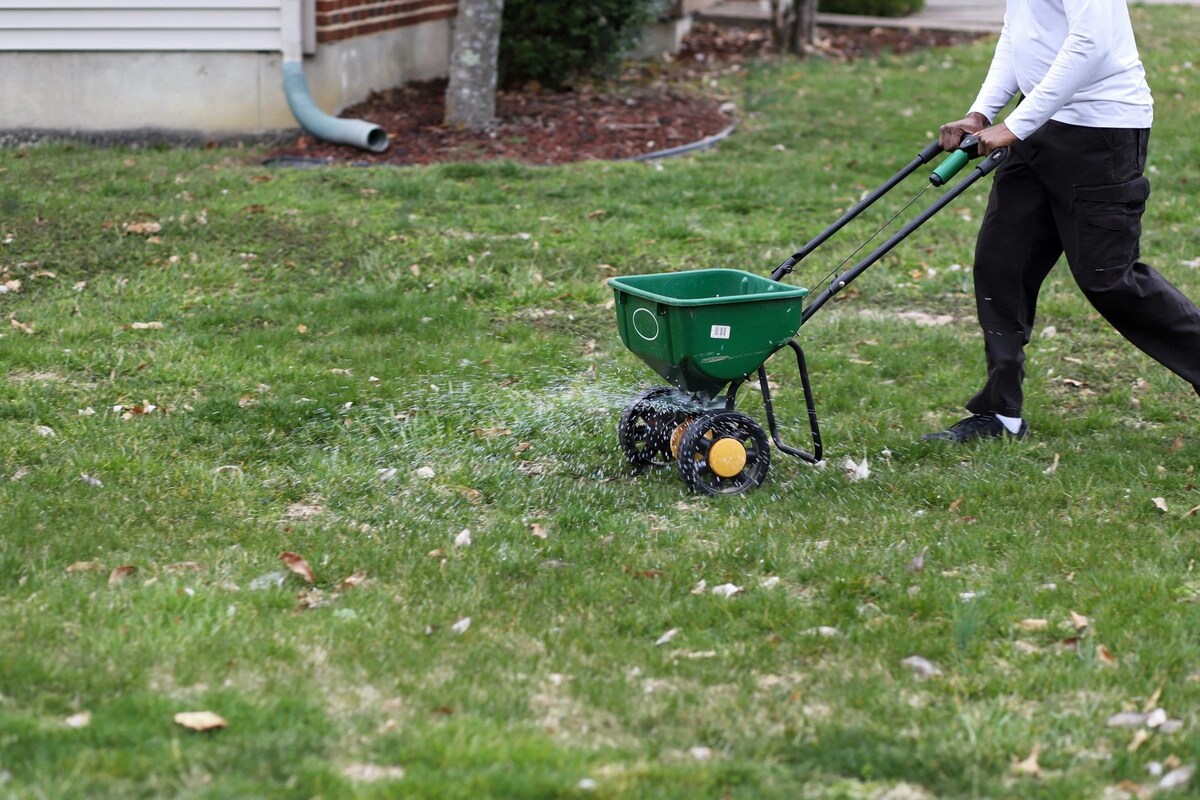
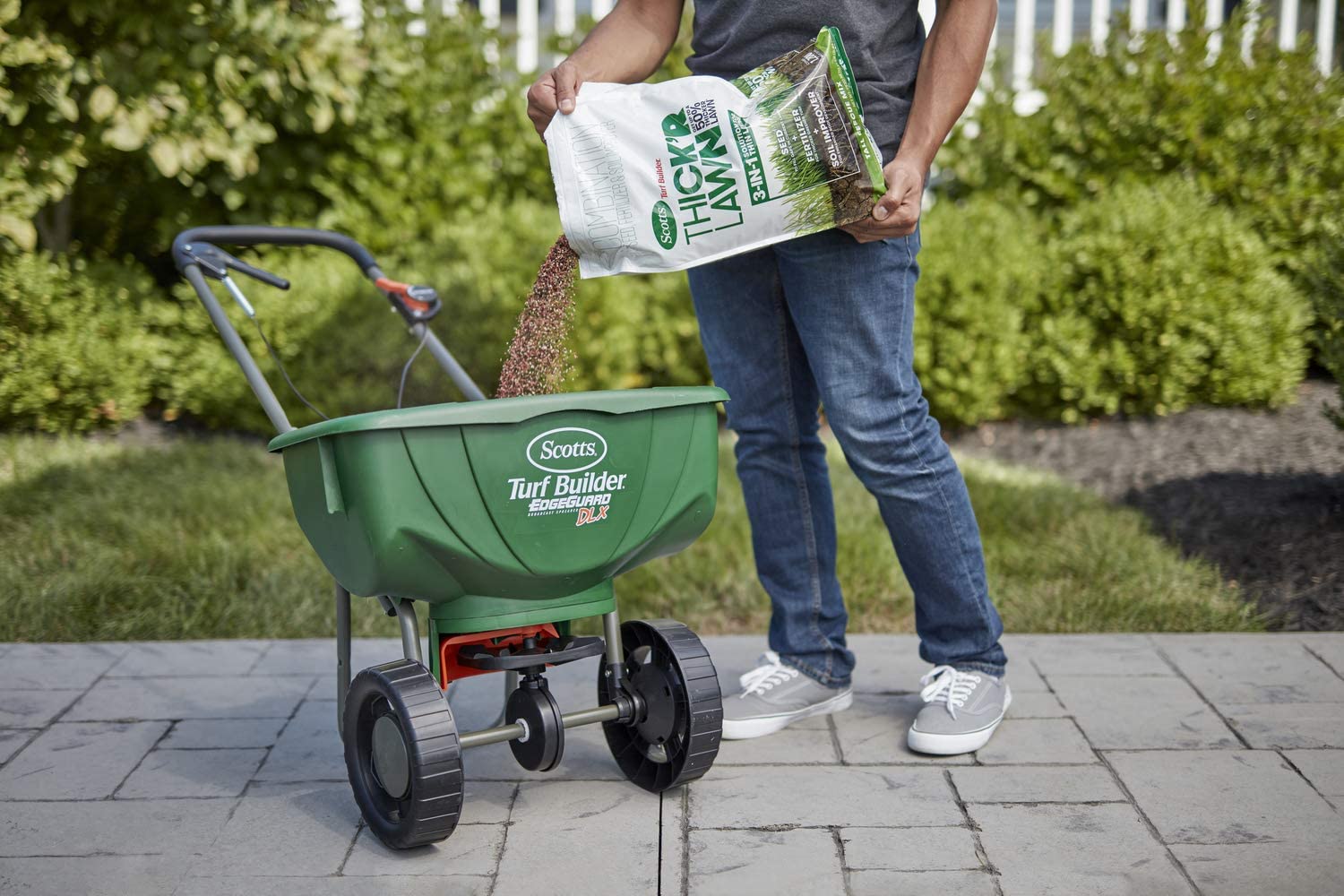
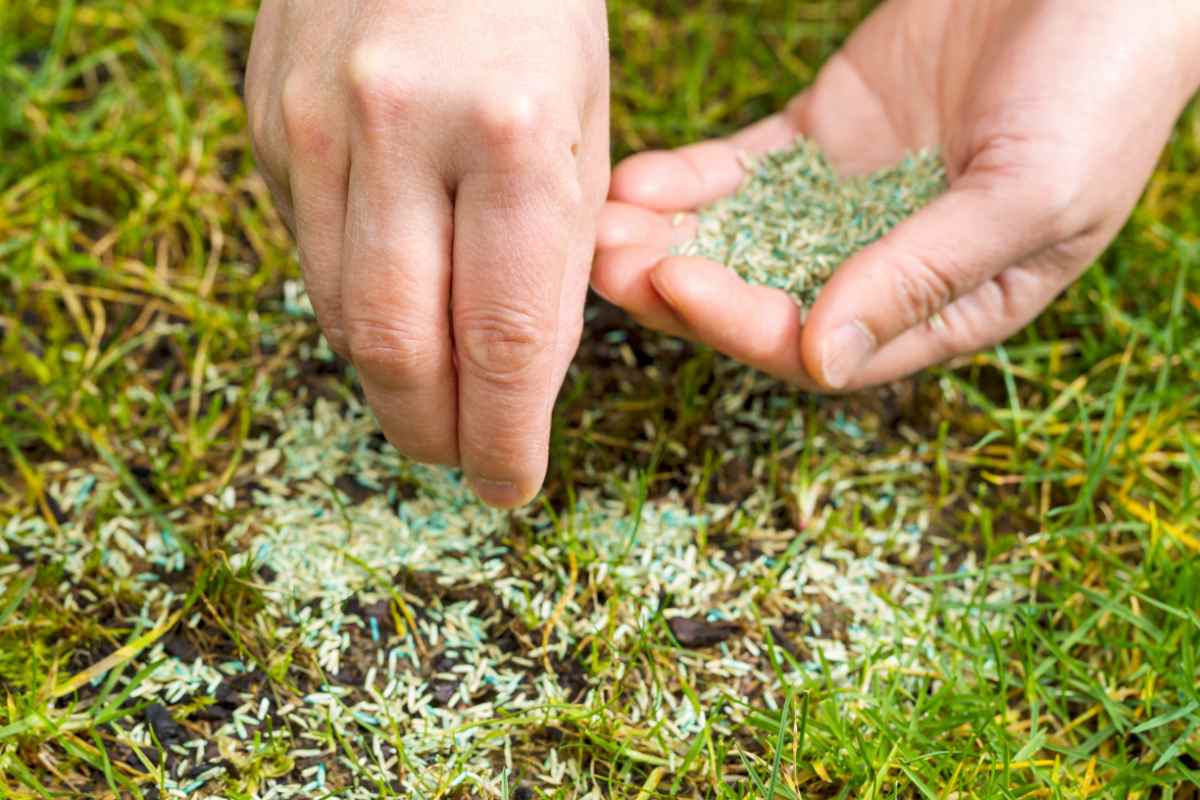
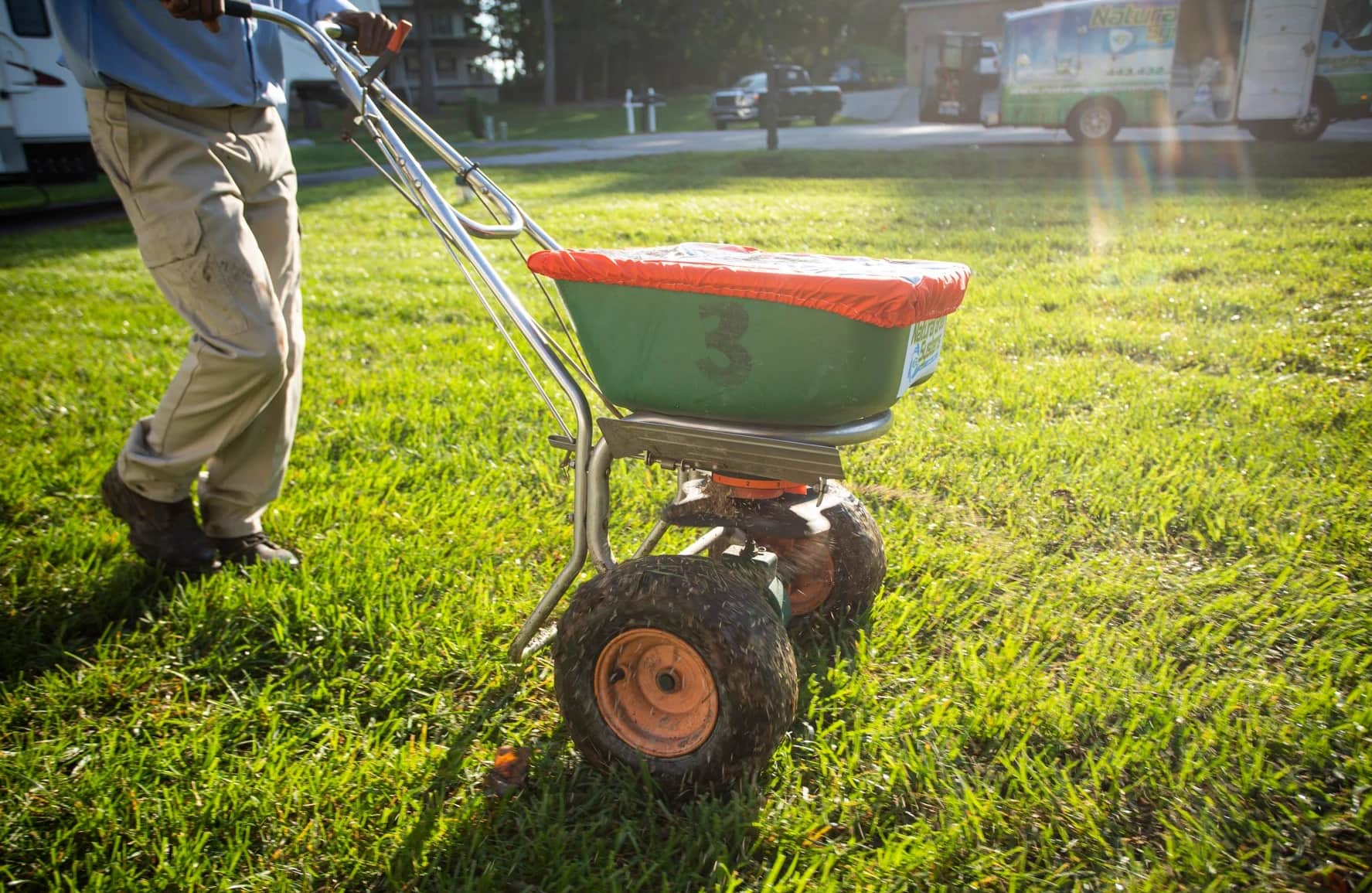
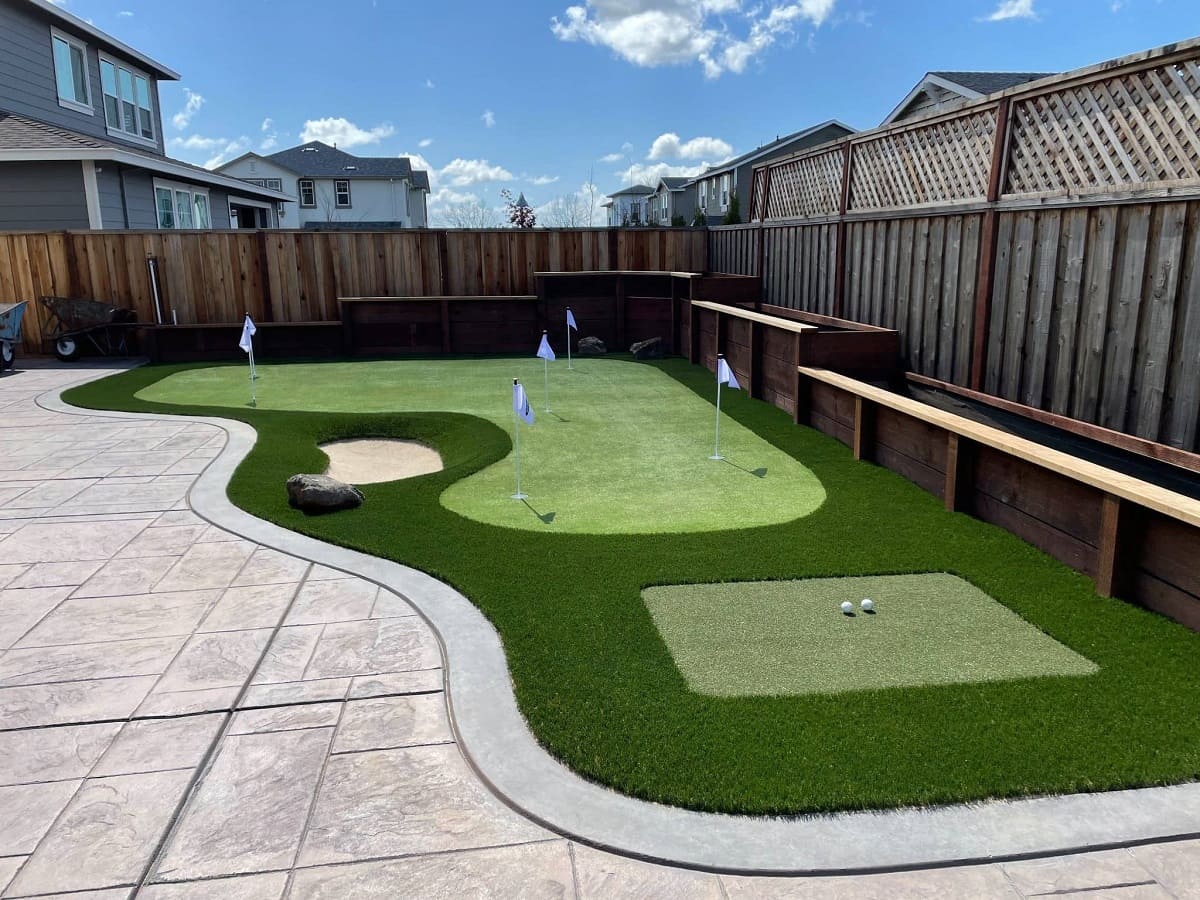

0 thoughts on “How To Put Fake Grass Down”